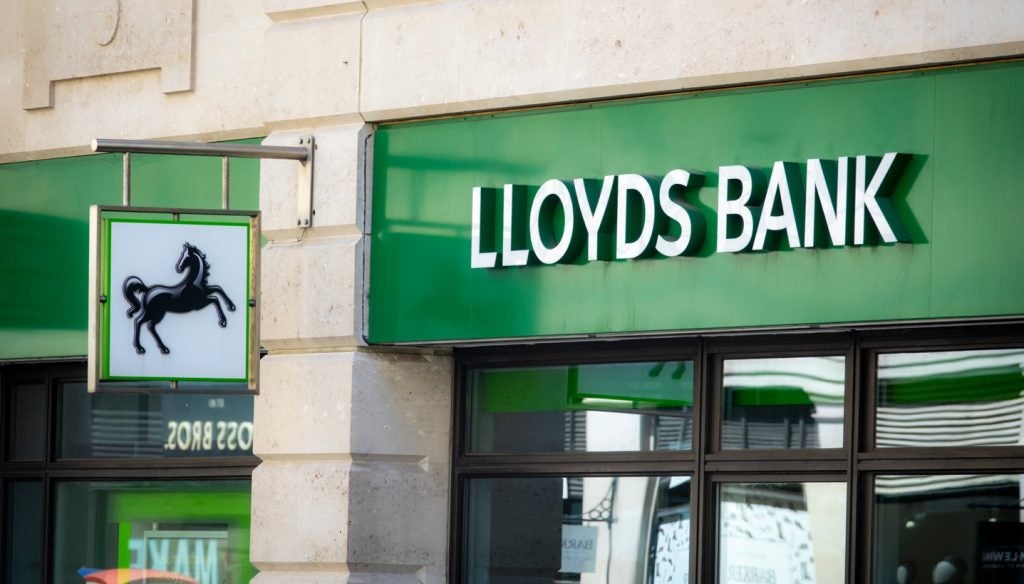The face of bank branches is changing: branches have been reinvented and the demand for standard services is falling off as a result of customer choices. Branches are being made cheaper and smaller to operate with all kinds of digital facilities. Valentina Romeo reviews some of the latest pop-up branch and mini-branch solutions by leading banks
Branches of banks all around the world are getting a new revamp based on technology upgrades. The aim of this restoring change is not only due to costs-saving, but it is an additional way to provide customers with up-to date features and services.
One of the latest product solutions is not just based on technology embedding, but is also a size- cutting experimentation. Whatever the design and the facilities included, the certain thing is that these branches are going to be smaller.
Several banks in the US, Australia and Western Europe have been testing pop-up branches; usually portable, temporary specialised segments targeted for a selected audience and area. Pop-up branches are not much bigger than 8-foot by 20-foot and include smart ATMs and small equips of consultants working with tablets.
This is an example of what US PNC has been doing since early this August, planting their first pop-up branch in downtown Atlanta. Open through November, the pioneering small branch is staffed by financial services consultants, who help with new accounts and personal loans along with referrals for mortgage, investments, merchant services or other products, according to the bank.
Also, the pop-up branch has an advanced function ATM for cashing checks and depositing stacks of checks or cash.
How well do you really know your competitors?
Access the most comprehensive Company Profiles on the market, powered by GlobalData. Save hours of research. Gain competitive edge.

Thank you!
Your download email will arrive shortly
Not ready to buy yet? Download a free sample
We are confident about the unique quality of our Company Profiles. However, we want you to make the most beneficial decision for your business, so we offer a free sample that you can download by submitting the below form
By GlobalDataClearly, the Pittsburgh-headquartered bank has shifted from teller lines to technology and conversations, wanting to expose its services to new customers.
"Our pop-up branch is a creative way to raise brand awareness and introduce new customers to PNC Bank on par with a typical branch. This was an overall success," said Todd Barnhart, executive vice president of branch banking at PNC.
A 2012 American Bankers Association survey found 39% use online banking as their preferred method of banking compared to 18% for branches. "Branch convenience to home is the top reason that consumers choose their primary bank," Toss commented.
Since 2010, big banks have shuttered more branch locations each year than they opened a complete turnaround from the pre-crisis days. After 40 years of branch building, Celent forecasts that the US will witness reduction of 30-40% in the number of branches over the next decade.
Despite PNC is reportedly in the process of closing at least 200 branches across its network, Todd announced the bank is to open another pop-up branch in a Southeast location in the first quarter of 2014.
Furthermore, PNC is testing a "Mini eBranch" concept in Pittsburgh at a modest 2,100 square feet also staffed by two bank specialists armed with iPads.
In addition, PNC has also lunched in Philadelphia an open floor plan this summer, with video conferencing and a digital "Discovery Table" with touch-screen computers and tablets.
Small is good
Challenging pop-up branches are also mini-branches models, such as the one US bank Wells Fargo has recently proposed in the NoMa neighbourhood, Washington DC.
The bank has opened a series of technology-packed paperless mini-branches in neighbourhoods that cannot support full-sized outlets. The new banking sites are around 1000 square feet that is a third of the size of the normal Wells Fargo’s branch.
"It’s all about bringing Wells Fargo to where our customers live, work and shop," a bank’s spokesperson said.
Large-screen ATMs will anticipate customers’ preferred transactions and offer image deposits, instant issue debit cards, and e-receipts. Again, staff uses tablets and phones to serve customers in a free Wi-Fi environment.
According to the bank, the new branch concept, a complement to the traditional and supermarket banking network, is allowing them to provide more convenience for customers by fitting into more locations.
Jonathan Velline, head of ATM banking and store strategy, Wells Fargo said: "With this new store concept, we’ll be able to offer person to person sales and service along with leading banking technology in settings that previously would have discouraged us from building a store."
A spokesperson from the bank also added: "The neighborhood bank has been well received by our customers and team members. From their feedback, we’ll consider our options and opportunities for expanding and introducing this model into other markets."
Wells Fargo bears in mind that, although digital channels and impersonal communication with banks is dominating, face to face interaction is still important.
"Our stores remain central to our strategy of providing excellent service and meeting our customers financial needs. These new, smaller stores are no different. In the design process we paid special attention to making sure we had several areas where our team members and customers could have important financial conversations," the bank said.
The new design of the branch means that approximately 90% of space is available for customer access versus around 60% in a traditional (large) store. In this way the bank is able to use the space more efficiently with new technology with zero paper-driven back-office processes.
Later in September, Australian Commonwealth Bank also launched a transportable bank branch aimed at helping disaster hit areas. The bank is provided with two fully functioning branches in a shipping container based in Brisbane and Perth that can be fixed on the back of truck and driven to remote locations that have been hit by natural disasters such as bushfire or flood.
CBA Regional General Manager Richard Porter, who headed the bank’s operations in Victoria during the post-Black Saturday period, said those experiences led to the bank rethink on services for disaster hit areas.
Costs
A new branch concept like PNCs, Well Fargos and CBAs is centered on saving money and encouraging distribution. PNC said the pop-up branch cost one tenth what a typical location might cost to build.
"Costs will vary from store to store, and we estimate that build-out costs for this new format are around 25% less than a traditional store and we anticipate operating costs will be approximately 40% less than they are in a traditional de novo," Wells Fargo said.
"Essentially, we can deliver twice as many points of distribution for the price of one. In our NoMa store we added five new team members. This new store format allows us to add stores, add team members and add convenience," it added.
Pop-up or down?
Although pop-up branches have been very successful from some banks, they didn’t work for other players overseas. After being the first bank to launch pop-up branches back in 2010 into different shopping centres, Barclays gave a second try one year ago.
In October 2012, Barclays started a trial of a new pop-up banking service to be run once a week in the North Harrow Library in London. It was offering all typical professional services of a high street bank, except for cash handling, deposit and withdrawal. According to the bank, the trial ended after a short period as the number of people using the facility was very low, and didn’t match the bank’s expectations.
As well as other mainstream banks, Barclays will be switching eight of its branches during 2014.
However, the group is trying a new ‘open all hours’ approach to its branches recently announcing the move of some these branches in to Asda supermarkets, starting in February 2014 for seven days a week, the bank said.
Steve Cooper, head of Barclays retail and business bank commented: "We are constantly reviewing the way we work to ensure we can deliver a service that is shaped around what our customers want, offering them choice, flexibility and a seamless banking experience."
Barclays insisted that, despite such a change of location, services to small businesses in terms of paying in a large number of cheques, or withdrawing large cash sums will be maintained.







